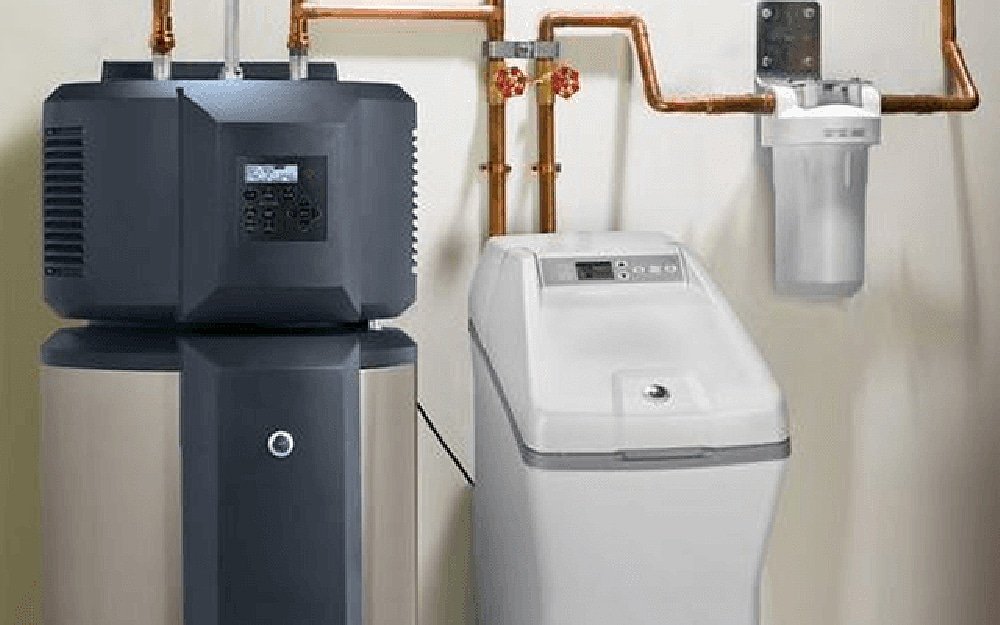Hard water can cause many negative symptoms. A great water softener can help you solve this frustrating problem at home. Add salt to the tank, and that’s it! Now you have soft water. Many people don’t understand the process. Let’s take a look at how water softeners work.
What is Hard Water?
Water hardness testers define hard water as water that contains large amounts of liquefied minerals. As water moves through soil and rocks, it picks up minerals. It can accumulate many of these minerals depending on how long the water takes to travel through the ground. These minerals make water very hard. These minerals are safe, but they can cause deposits in your bathtub, sinks and other areas.
Is Edmonton’s Water Hard?
Edmonton tap water has a water hardness of 9.6 gpg or 165 mg/L. It’s classified as hard based on the standard classification. This level of hardness is not unusual in the province. For instance, the water hardness levels in Calgary range from 11.6 to 15.1 grams per gallon (116 to 220 mg/L). Red Deer has a hardness level of 12.9 gpg (220mg/L).
How Does A Water Softener Work?
A water softener is the best way to treat hard water. Water softeners consist of resin beads, which contain sodium and potassium ions. The resin beads absorb hard-water minerals like a sponge through a process known as ionization.
Magnesium and calcium ions can interact in household soaps and detergents. These soaps and detergents don’t contain sodium. Soaps used with softened water have a remarkable ability to remove dirt and oils from clothes and skin. After installing a water softener, most manufacturers recommend that you decrease the amount of soap you use.
One cubic foot of resin can remove hard-water minerals up to 3,200 gallons from hard water. The Water Quality Association equates this to ten grains per gallon of hardness.
Is Sodium Safely Replaced with Potassium?
Resins that release potassium can be used in place of sodium if you are concerned about your sodium intake. It is more expensive, however.
Regeneration Process
Regeneration is when resin beads reach the limit of their ability to hold enough calcium and magnesium. You regenerate the resin beads by soaking them in a concentrated salt water solution called brine. The brine replaces calcium and magnesium ions with sodium or potassium.
After the brine has thoroughly cleaned the resin beads, the softener is flushed with fresh water to remove any remaining brine and emptied into a sink or a water bowl. Once the beads have absorbed all the sodium ions, the beads can absorb the minerals again.
When does a water softener know when to soften?
Older water softeners had a timer to flush the batteries. This schedule determines whether a recharge is necessary or not. Modern softeners have automatic detectors that monitor water usage and bead depletion. They only regenerate as necessary, which is a cost-saving measure.
Why Water Softeners Are Good For Your Home
Now you know how water softeners work. Water softeners can make your home more comfortable and save you money every day. They can extend the life span of water-using appliances and reduce cleaning time by half. In addition, your dishes and laundry are cleaner, skin softer, and hair more manageable.

